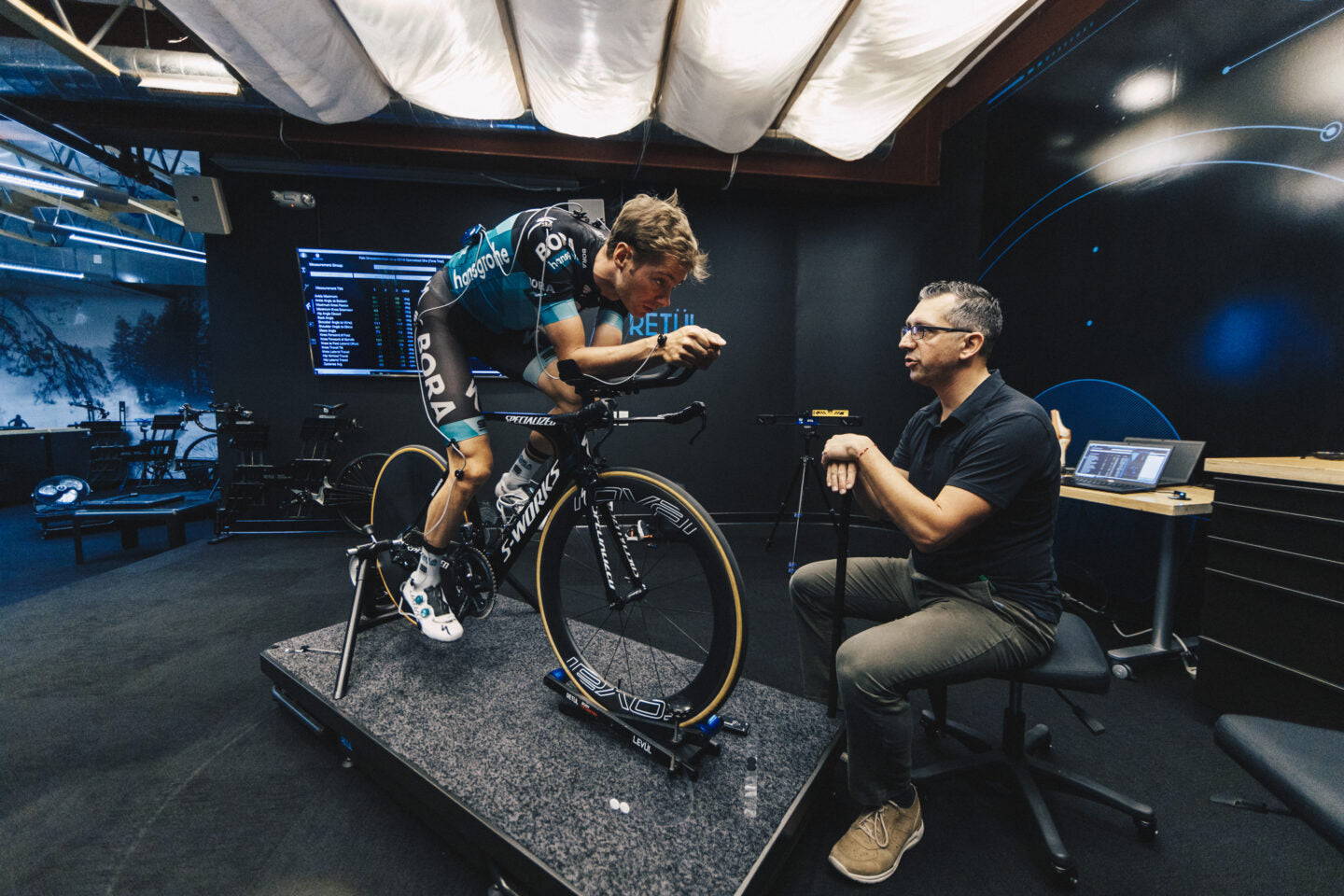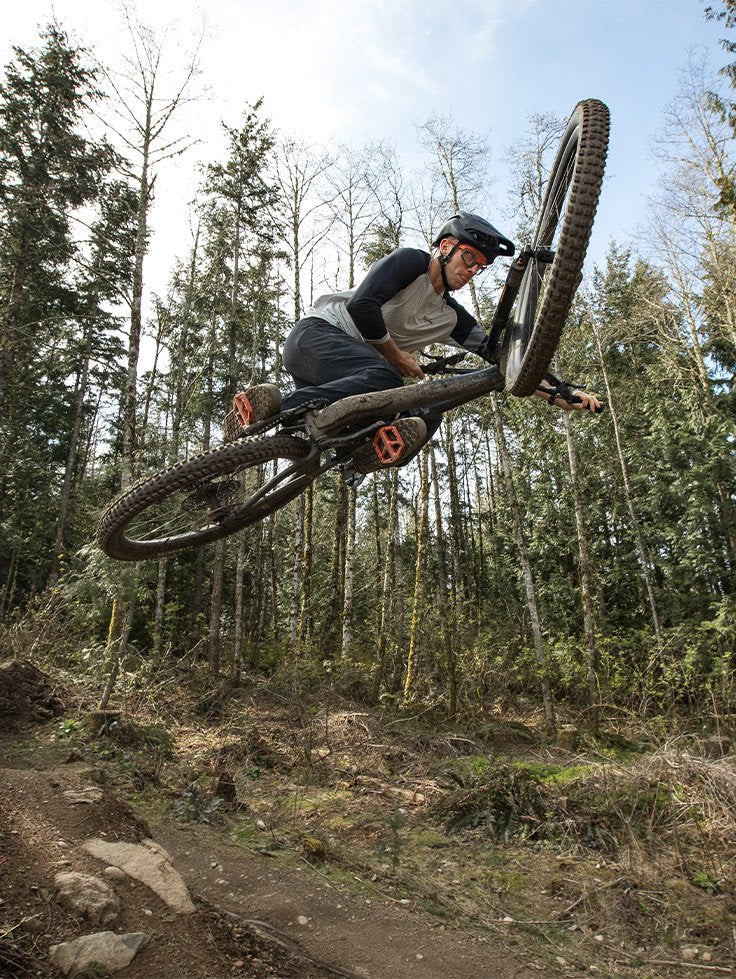Electric bikes are powerful vehicles that turn hills into levels and increase your range. Making the right choice directly impacts your riding experience and bike lifespan. Here are five essential steps to finding the perfect e-bike for your budget and lifestyle:
Step 1: Determine Your Purpose of Use (E-Bike Type)
First, you need to determine where and how often you'll be using your bike. E-bikes basically fall into three main categories:
-
City E-Bikes:
-
Purpose of Use: Daily transportation, commuting, grocery shopping.
-
Features: Upright seating position, comfortable seat, low step-in height, often integrated luggage and mudguards. Comfort and practicality are at the forefront.
-
-
Mountain (MTB) E-Bikes (Ex: 29 Rims):
-
Purpose of Use: Rough terrain, paths, forest roads.
-
Features: Powerful engines, high torque, advanced suspension systems, durable frames, thick tires and powerful hydraulic disc brakes .
-
-
Folding E-Bikes:
-
Intended Use: Combined transportation (metro/bus + bicycle), small apartments, caravan or boat trips.
-
Features: Compact and quick folding mechanism, small wheels (usually 20 inches), easy portability.
-
You can find all electric bikes here .
Step 2: Engine Power and Torque (Thrust)
The heart of an e-bike is the motor. When evaluating motor power, focus on Watts (W) and Torque (Nm):
-
Motor Power (W): Legally limited to 250W (supports speeds up to 25 km/h). This is sufficient for legal road riding.
-
Torque (Nm): This is the truly important figure. Torque (Newton meters) tells you how much assistance the engine will give you on hills or when starting off.
-
In-city: 30-50 Nm (Sufficient for flat roads.)
-
Mountain/Trekking: 60-90+ Nm (High torque is essential for climbing difficult slopes.)
-
Step 3: Battery Capacity (Range)
The battery determines the bike's range (the distance it can travel on a single charge) and its capacity is expressed in Watt-Hours (Wh) .
Tip: The larger the battery, the heavier the bike. If you're riding for short distances, you might want to choose a lower Wh bike for a lighter weight.
Step 4: Brake and Gear System
E-Bikes are heavier than standard bicycles and can travel faster, making the braking system critical.
-
Brakes: Be sure to opt for hydraulic disc brakes . These provide consistent and reliable stopping power, both on wet surfaces and at high speeds. Mechanical brakes are often inadequate for the e-bike's weight.
-
Gear System: E-bikes typically use durable gear systems from well-known brands like Shimano or SRAM . Because motor power puts additional stress on the gears, don't compromise on quality.
Step 5: Extra Features and Comfort
Finally, consider the bike's comfort and safety features that will enhance your riding experience:
-
Suspension: If you're going off-road or have rough roads in the city, front suspension is essential. Lockable suspension prevents energy loss on smooth roads.
-
Lighting: Integrated front and rear lighting powered by a battery eliminates the hassle of dealing with separate batteries and increases night driving safety.
-
Frame Size: Make sure the bike fits you properly. The wrong frame size reduces both comfort and riding efficiency. A test ride is always the best way to make the right decision.
Choosing the right electric bike will be one of the best transportation and fitness investments you'll ever make. At Uğur Bisiklet, we're always here to help you choose the perfect e-bike for you!





Share:
Ultimate Protection: Why Fullface Downhill Helmets Are a Must-Have
Flat Pedals or Cleats: Which One Is Best for Your Riding Style?